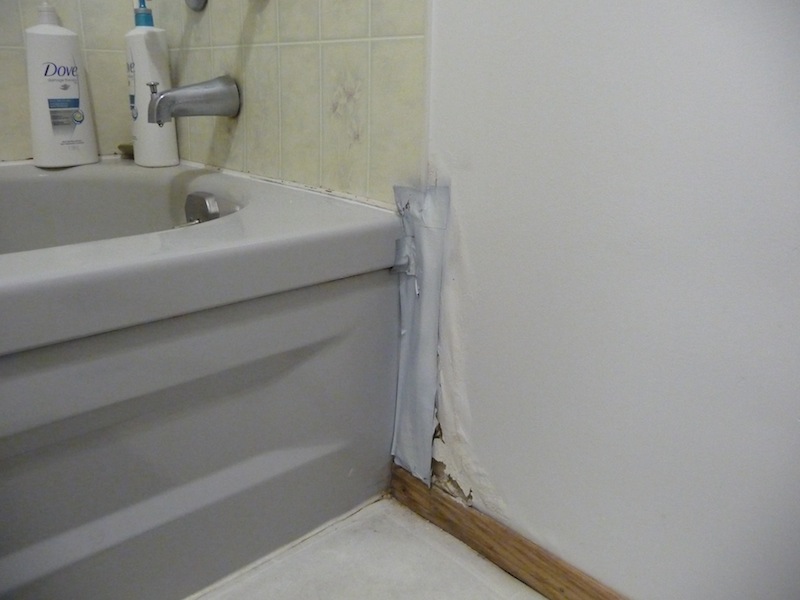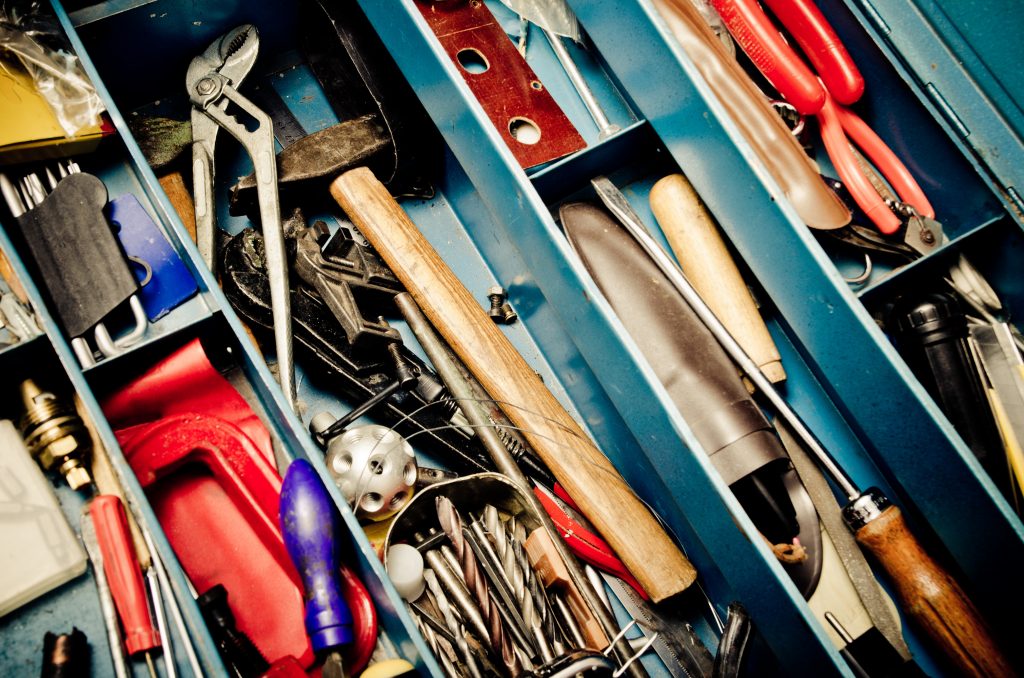The writer is making a few great points about Looking for Signs of Water Damage in the Bathroom in general in this content directly below.

The restroom is incredibly at risk for wet build-up and also prospective water damages as a result of the constant use water in it. This article provides simple assessment techniques to aid spotting water damages dangers.
The constant use of water in the bathroom makes it exceptionally susceptible for wet build-up and also potential water damages. By examining it regularly, you can decrease water related damages.
The complying with set of inspections is simple to carry out and also should be done when in every three months in order to maintain your bathroom healthy and also to stop prospective water problems triggered by the tub, the shower, pipe joints as well as plumbing, sinks, cabinets, and also the toilet
Do not forget carrying out these evaluations and also be extensive while performing them. Remember that these easy examinations can save you a great deal of cash by providing very early indications for water damage
Bath tub and also Shower
The shower and bathtub call for special focus as well as upkeep. Examine the ceramic tiles and also replace if fractured. Make sure that there is no missing grout in between the tiles. Examine as well as change cracked caulking at joints where the walls satisfy the floor or the bathtub. Obstructed drains as well as pipelines problems will avoid the tub from drying out and also may suggest significant problems below the bath tub. Talk to a specialist instantly to avoid structural damage. Take note of stainings or soft locations around the bath tub wall surfaces as they may suggest an internal leak.
Plumbing
Signs for water damages are tough to discover because most pipes are installed inside the walls.
Pay special focus to floor covering and also wall surfaces dampness and also stains as they might show an unseen plumbing problem. Inspect dampness degrees in adjacent areas as well.
Sinks and also Cabinets
Sinks and also closets are revealed to wetness and humidity daily and are often forgotten. Inspect regularly under the sink and also on the countertop over it. Fix any kind of drip in the trap as it might recommend drain issues. Check out the sink, slow draining pipelines might show a blocked drain. Change sink seals if they are split or loose.
The Commode
The commode is an at risk water joint. Check the water lines and also search for leaks around the commode seat, in the tube, as well as under the water storage tank. If you discover any indicators of dampness on the floor around the bathroom, look for leaks in the toilet rim as well as storage tank seals.
Realize that hanging commode bowl antiperspirants boosts the possibilities for obstructions.
Water Damage Signs In The Bathroom To Avoid Cleanup
Musty smell
This is one of the easiest signs to catch because musty smells are so odorous. The damp, earthy, moldy smell should be a big red flag. The smell will develop when moisture gets trapped in surfaces, and begins to facilitate mold growth. Leaking pipes under cabinets, inside walls, and behind shower fixtures will cause moisture to stay trapped and not dry, which will lead to mold growth and spread. As soon as you notice any musty smells in your bathroom, have it checked for hidden water damage and cleanup signs.
Visible mold
If the smell isn’t there to give it away, sometimes you will actually see mold growth. Finding mold in your bathroom is a serious problem, because mold is very harmful to your health. By the time mold growth is visible, it also means that water damage has already occurred and been present for some time. The only way the mold problem can be resolved is to find the source of the moisture and get it stopped. To safely and adequately remove mold, you need to have professionals handle the remediation. Do not waste any time in getting mold problems addressed, fixed, and sanitized so that you can protect you and your family from the many respiratory symptoms caused by mold exposure.
Damaged floors
Bathroom floors should be able to withstand some exposure to water while still remaining in good condition. However, when excess exposure or water leaks occur, they will begin to damage even the most water-resistant flooring. If you notice any cracking, bubbling, staining, or warping on your bathroom floors, there is probably a water leak somewhere causing the distortion. If you notice areas of the floor have become softer, or even have a spongy feeling, there is probably damage to the subfloor. Subflooring is typically made up of plywood. When plywood is exposed to water or moisture, it will absorb it. Once it has become saturated, the weight of the excess water will cause the wood to swell and soften. Check the floors in your bathroom frequently to catch any of these sings before they lead to damaged subflooring.
Changes on walls
When water leaks behind walls, it will cause changes in the drywall. Peeling plaster, blistering paint, and soggy wallpaper are all good indicators that excess water is building up behind the wall. Water leaking behind drywall will cause it to swell and be soft to the tough. If you start to notice gaps along the trim of your walls, or where tile meets the wall, it could also be a strong indicator that there is a leak behind the wall. Any changes, distortion, or damage on the walls should be evaluated as soon as you notice it to prevent further water damage and cleanup.

As a fervent reader about Looking for Signs of Water Damage in the Bathroom, I figured sharing that portion was worth the trouble. Loved our review? Please share it. Help someone else discover it. I praise you for your time. Don't hesitate to stop by our site back soon.
Get Started



